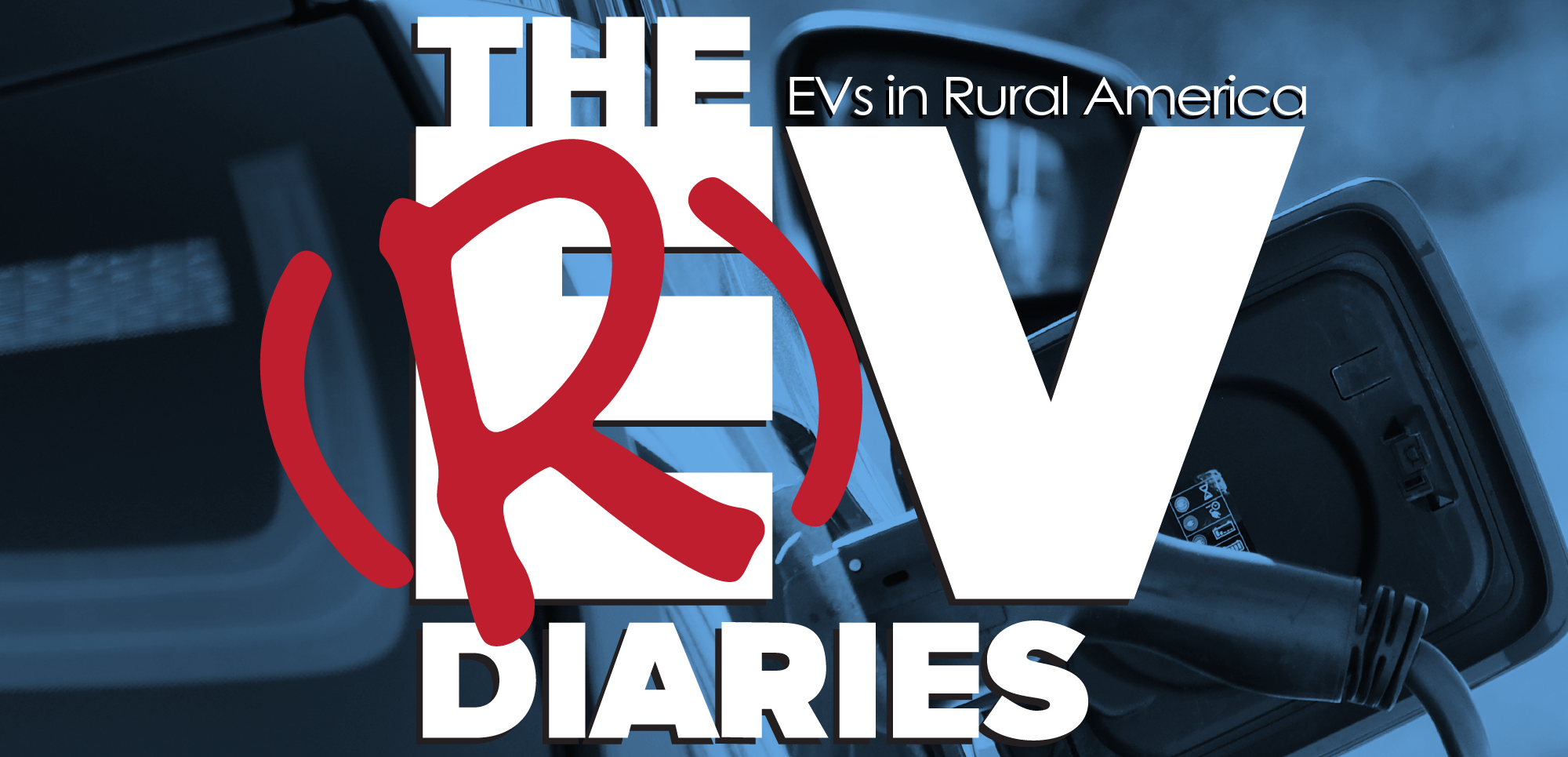Okay, admittedly that title is a little over the top. The point, as we resume our discussion of presentation by Rappahannock Electric Cooperative*, is that everything has a life-span and much of our existing infrastructure is too old or too weak to support the growing demand of energy in America.
The solution is to revitalize and strengthen, harden, if you will, the grid to meet the growing need, but that, of course, takes money and resources. The question becomes, “Who is going to pay for it?” The real answer is you, me and all the other peoples of this land. Whether it’s via government through taxes or via utilities through increased energy rates, I guarantee we are going to pay for it.
That being said, we look at scenarios that Rappahannock put forth and the cost associated with each.
We also find out that Ben, sometimes… but rarely, gets confused and the senility kicks in. The real question is, “what point should we be concerned?”
*Rappahannock Electric Cooperative lies in the northern and eastern part of Virginia serving 170,000+ members. Being a cooperative of that size, REC is influential in the co-op world because of not only their size, but by their proximity to industry organizations like the NRECA and policy makers like the Federal Energy Regulatory Commission (FERC) and the US Department of Energy. This has allowed them to become a proving ground for many programs, leading the way in innovation and understanding for other cooperatives, and shaping the approach to challenges in the industry. As such, REC releases many reports, studies, and presentations showing their results both independently and jointly with other organizations.
Podcast: Play in new window | Download
Subscribe:
